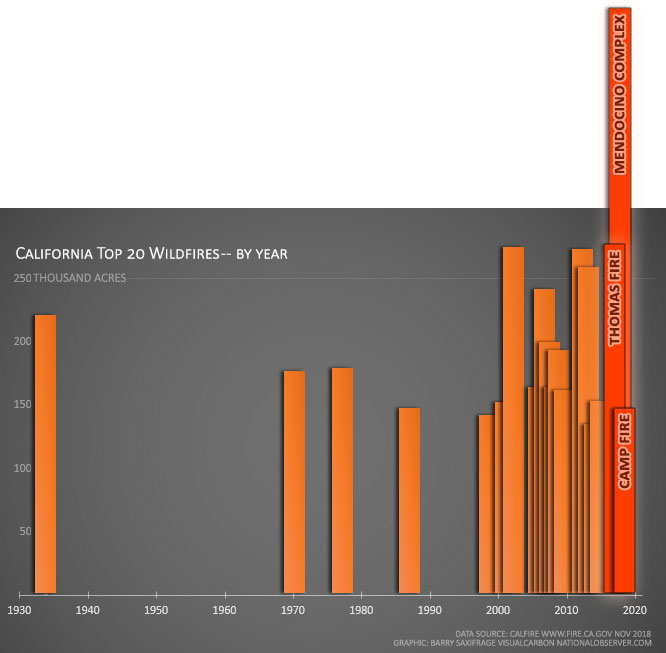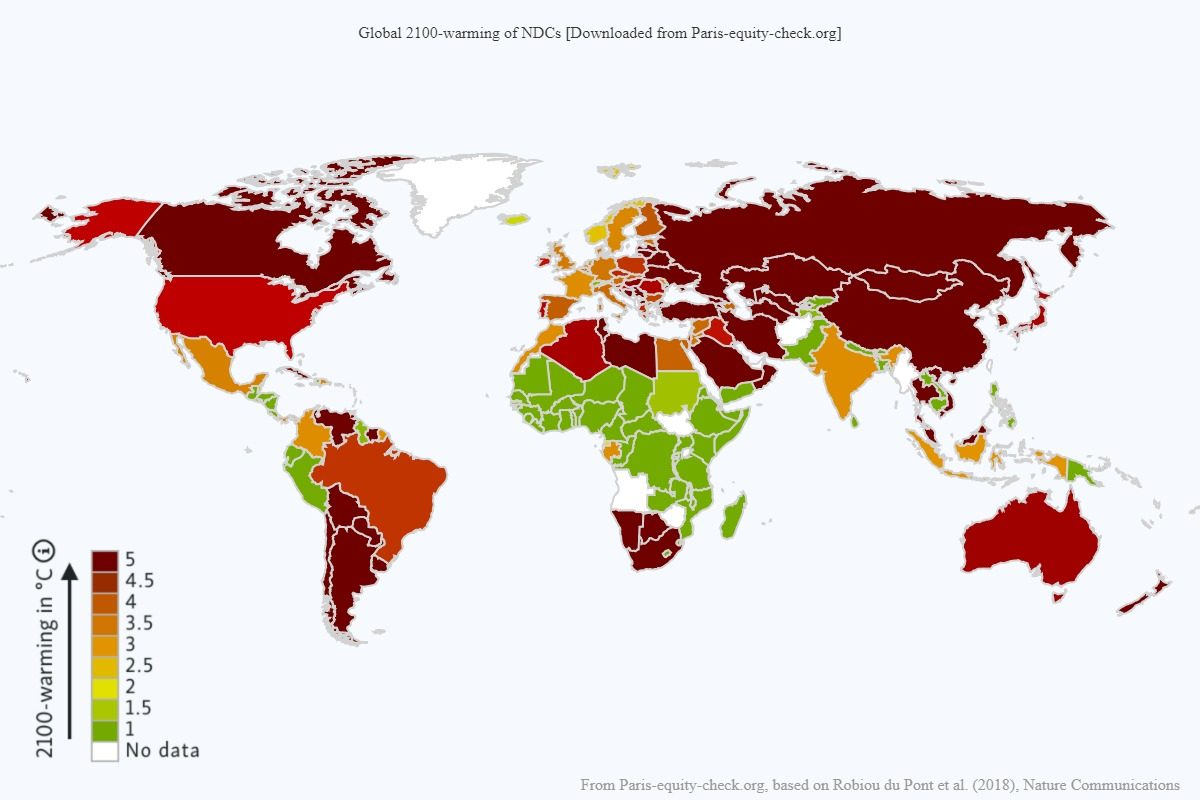In December of last year scientists warned that California would fall dramatically making it more susceptible to drought and wildfires.
California could be hit with significantly more dangerous and more frequent droughts in the near future as changes in weather patterns triggered by global warming block rainfall from reaching the state, according to new research led by scientists at Lawrence Livermore National Laboratory.
Using complex new modeling, the scientists have found that rapidly melting Arctic sea ice now threatens to diminish precipitation over California by as much as 15% within 20 to 30 years. Such a change would have profound economic impacts in a state where the most recent drought drained several billion dollars out of the economy, severely stressed infrastructure and highlighted how even the state most proactively confronting global warming is not prepared for its fallout.
The latest study adds a worrying dimension to the challenge California is already facing in adapting to climate change, and shifts focus to melting polar ice that only recently has been discovered to have such a direct, potentially dramatic impact on the West Coast. While climate scientists generally agree that the increased temperatures already resulting from climate change have seriously exacerbated drought in California, there has been debate over whether global warming would affect the amount of precipitation that comes to California.
The study, published Tuesday in the journal Nature Communications, provides compelling evidence that it would. The model the scientists used homed in on the link between the disappearance of sea ice in the Arctic and the buildup of high ridges of atmospheric pressure over the Pacific Ocean. Those ridges push winter storms away from the state, causing drought. ...
Rainfall in California would drop, on average, 10% to 15% in the coming decades under Cvijanovic’s model, but the decline would present itself sporadically, exacerbating the potential for drought. Some years the decline in rainfall because of diminished Arctic ice would be much steeper than 15%. Other years would be wetter than they otherwise would be.
The study is yet another by federally funded researchers that finds the failure to more rapidly diminish greenhouse gas emissions could have a serious impact on California and other parts of the country. The findings contrast starkly with Trump administration policy on warming, which ignores the mainstream scientific consensus that human activity is driving it.
http://www.latimes.com/politics/la-na-pol-climate-california-20171205-ht...






